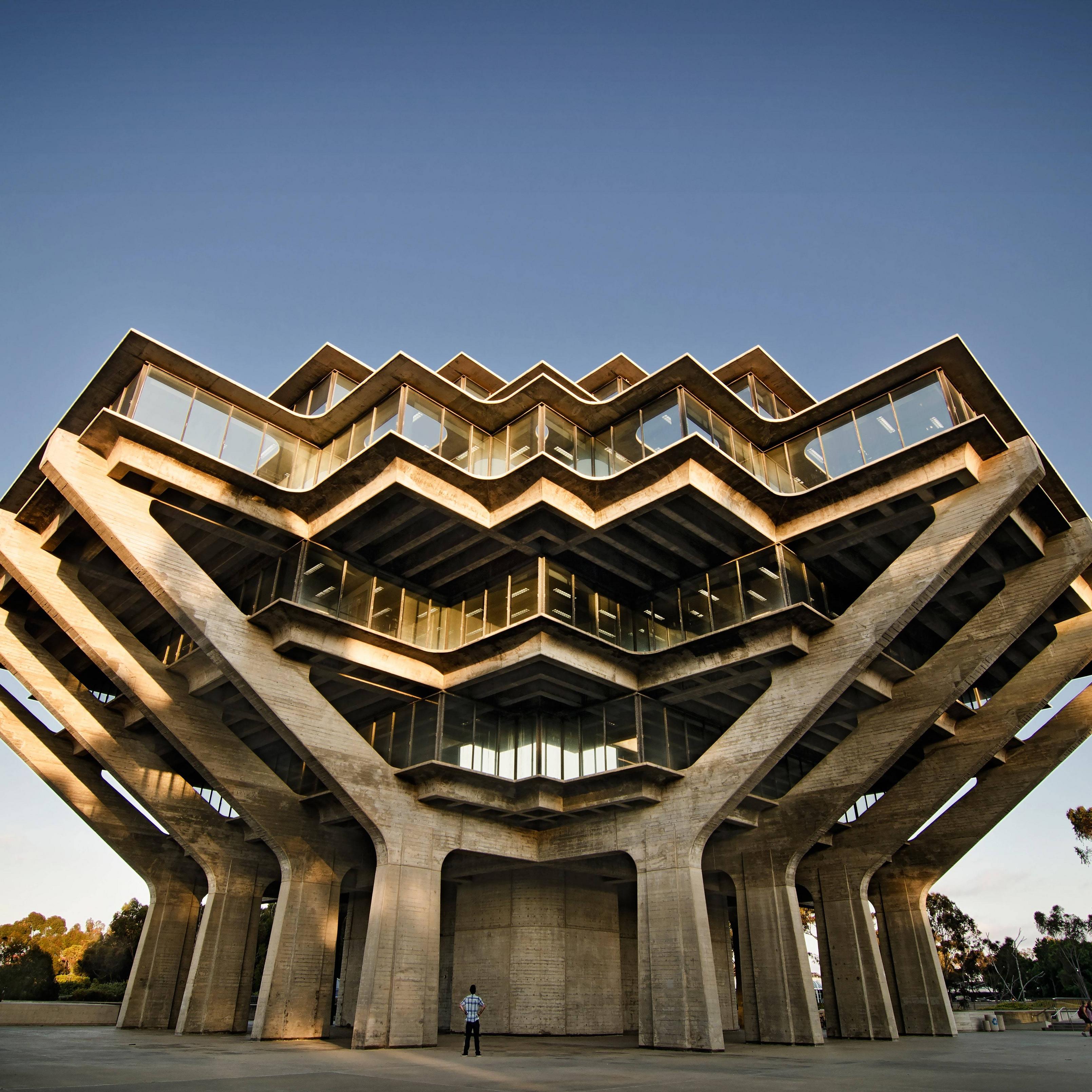Arch Architecture is the artistic product and the actual process of designing, planning, and building structures either in the form of buildings or other outdoor structures. Architectural projects, in the conventional material form such as buildings, can often be perceived as artistic works and as visual symbols. Such projects often address questions concerning social significance and represent contemporary cultural theories. Architraves, exhibits, and gardens are some of the examples of architectural projects that can be considered art.

The term architecture refers to the use of materials to assemble spaces and form objects. The term is taken from the Greek word for “housing”, which was later on interpreted to mean “building”. There are many sub-fields within the field of architecture, each with its own objective and methodology. Architects play an important role in the development of a planned building or a set of buildings. They make the final decisions about the total cost and budget, as well as the technical specifications and environmental considerations.
The basic elements that make up architecture include: floors, roofs, walls, and windows. The elements of architecture are made up of the fundamental materials used for the construction of the building or other structure. Materials such as wood, concrete, steel, glass, marble, stone, glass, granite, concrete block, plaster, ceramic tile, steel wool, and aluminum are commonly used. Architectural styles include modern, traditional, transitional, artsy, minimalist, transitional, country, classic, eclectic, architectural, and postmodern. A building’s architecture influences the decision makers about what type of structure should be built. For example, a historic building may need to be restored so that visitors will not have an idea that the building is a historical artifact.
Architectural projects usually require considerable amounts of time, money, effort, expertise, patience, skill, care, creativity, innovation, and teamwork. To ensure that these demands are met, architects form an alliance or relationship with other architects, building contractors, and other experts who will work together to complete the project. Arrangements must be made regarding timing, scope, budget, materials, labor, and land use or property rights.
The field of architecture is growing and there is more work in this field than ever before. Some areas of architecture focus on creating residential buildings, while other areas of architecture focus on buildings for business purposes. The designing of interiors, roofing and exterior structures, flooring, appliances, fixtures, furniture, and lighting are some of the many specialties within architecture. The main areas of architecture include residential planning and design, designing of adaptive systems, environmental design, or landscape architecture.
The designing of residential buildings usually begins with a home plan, which is developed by an architect or landscape architect. The home plan is then sent to a qualified structural engineer who is responsible for determining the size, shape, height, weight, and location of the building. When the structural engineer approves the home plan, it is sent to the owner who makes all necessary changes. Some changes, such as adding a room, need to be added to the original construction plan while others, such as changing the basement, have to be added to the new construction. Architectural buildings can also include warehouses, shopping malls, office buildings, museums, public buildings, schools, and private residences. All these buildings require the expertise of an architect.